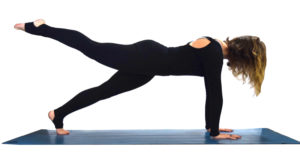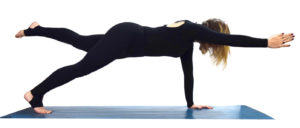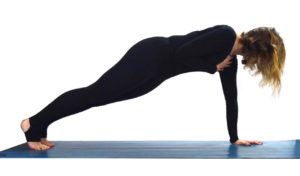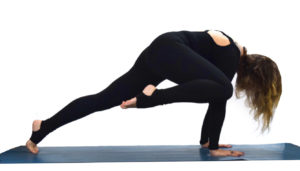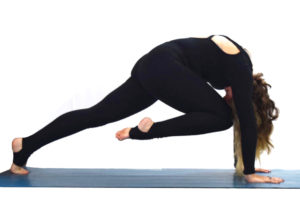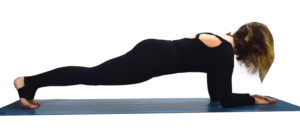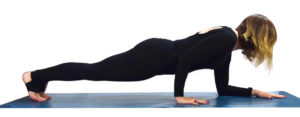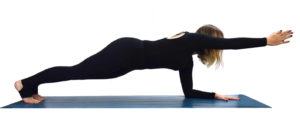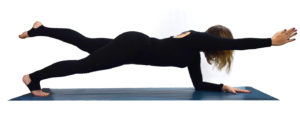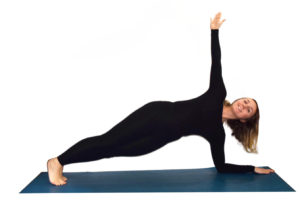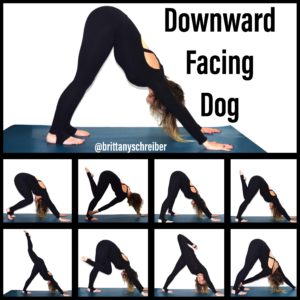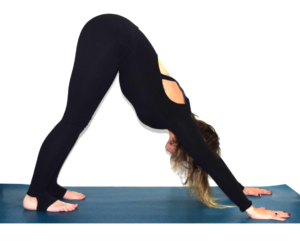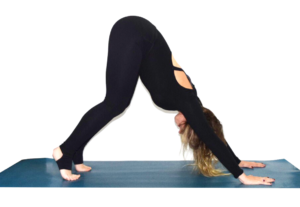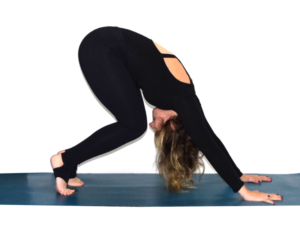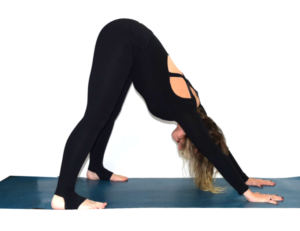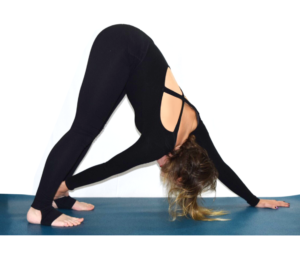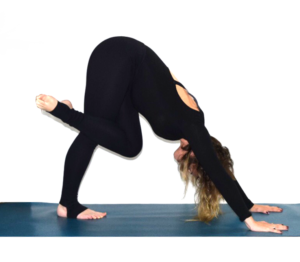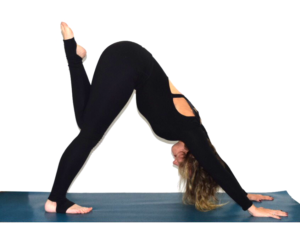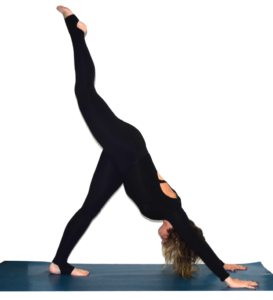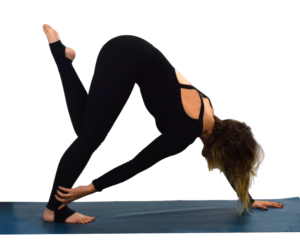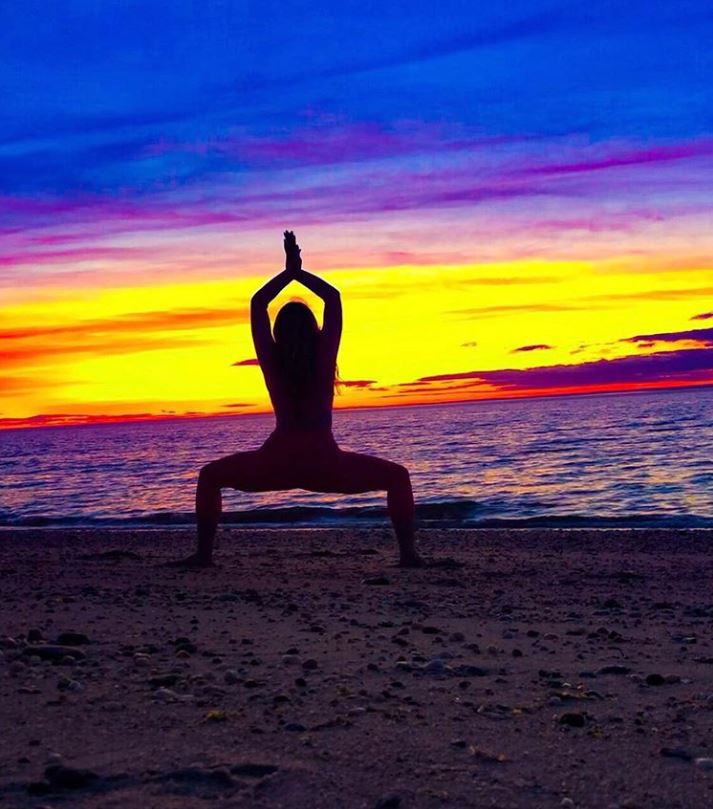Just A little Overview
Alternate nostril breathing is a yoga breathing technique that helps you to control your breath. In Sanskrit, it is called as nadi shodhana pranayama. This translates as “subtle energy clearing breathing.”
This breathing technique can be used in both your yoga practice and your meditation practice. There is a wide variety of benefits to this technique. Please read on to discover the benefits and how to do the alternate nostril breath.
Video Demonstration
This video is a tutorial on how to do the alternate nostril breath. Check it to try out the breath in the comfort of your home. This video was made by yoga instructor @brittanyschreiber
Feel free to visit our YouTube page for more informative videos. And please like and subscribe to support our page.

Benefits of Alternate Nostril Breath
Alternate nostril breathing helps to:
- relax your body
- relax your mind
- reduce anxiety
- promote overall well-being
These benefits may help you to be more focused and aware.
Many students use this breathing technique to help manage stress in their daily life. They find that practicing alternate nostril breathing helps them to be more mindful of the present moment. It can reduce anxiety, fear and depression.
Read on to discover the other amazing benefits of alternate nostril breathing.
1. Lowers Stress
Most people do alternate nostril breathing to lower stress. In a 2013 study, researchers found that people who practiced alternate nostril breathing lowered their stress levels.
2. Improves Cardiovascular Function
In the same study, alternate nostril breathing was the only type of breath work that was found to have a positive effect on cardiovascular function. It was shown to significantly lower factors such as heart rate, respiratory rate, and blood pressure.
2. Improves lung function and respiratory endurance
Alternate nostril breathing may improve lung function and respiratory endurance. In a small 2017 study, researchers examined the effects of a pranayama practice on the lung functions of competitive swimmers. They found that it had a positive effect on respiratory endurance. This may help improve athletic performance.
3. Lowers heart rate
Lowering your heart rate can help to promote cardiovascular health. In a 2006 study, practicing a slow yoga breathing technique such as alternative nostril breathing may significantly decrease heart rate and average breathing rhythm.
4. Promotes well-being
Alternate nostril breathing may enhance overall health and well-being. It has also been shown to have a positive effect on mental health by reducing stress and anxiety.
5. Improve Athletic Performance
Research from 2011 found that a six-week alternative nostril breathing program had a positive impact on physical and physiological fitness-based performance.
6. Improvements to Neurocognitive, respiratory and metabolic functions.
In addition, researchers found in a 2018 review that different types of yogic breathing have many positive benefits for your health, including improvements to neurocognitive, respiratory, and metabolic functions in healthy people.
7. Balances the nervous System
Alternate nostril breathing was also found to increase breath awareness and have a beneficial effect on the nervous system.
How to do Alternate Nostril Breathing
Feel free to practice alternate nostril breathing on your own. It may be wise to ask but you a yoga teacher to show you the practice in person so you can make sure you’re doing it correctly.
When you are breathing, focus on keeping your breath slow, smooth, and continuous. Try to match the duration of the inhalation with the exhalation. Keep your focus on your breath to help you remember where you are in the cycle. This can improve your focus and help clear your mind.
I highly recommend watching the video listed early for a visual demonstration.
To practice alternate nostril breathing:

- Sit in a comfortable position with your legs crossed. You can also sit on a block or a pillow if needed to feel more comfortable.
- Make sure you are seated on your sit bones.
- Lengthen spine tall and pull your shoulders down and back
- Tuck your chin in slightly to engage the throat lock.
- Place your left hand on your left knee.
- Lift your right hand up toward your nose.

7. Exhale completely and then use your right thumb to close your right nostril.
8. Inhale through your left nostril and then close the left nostril with your fingers.

9. Open the right nostril and exhale through this side.
10. Inhale through the right nostril and then close this nostril.
11. Open the left nostril and exhale through the left side.
12. This is one cycle.
13. Continue for up to 5 minutes.
14. Always complete the practice by finishing with an exhale on the left side just to make sure you balance out the breath
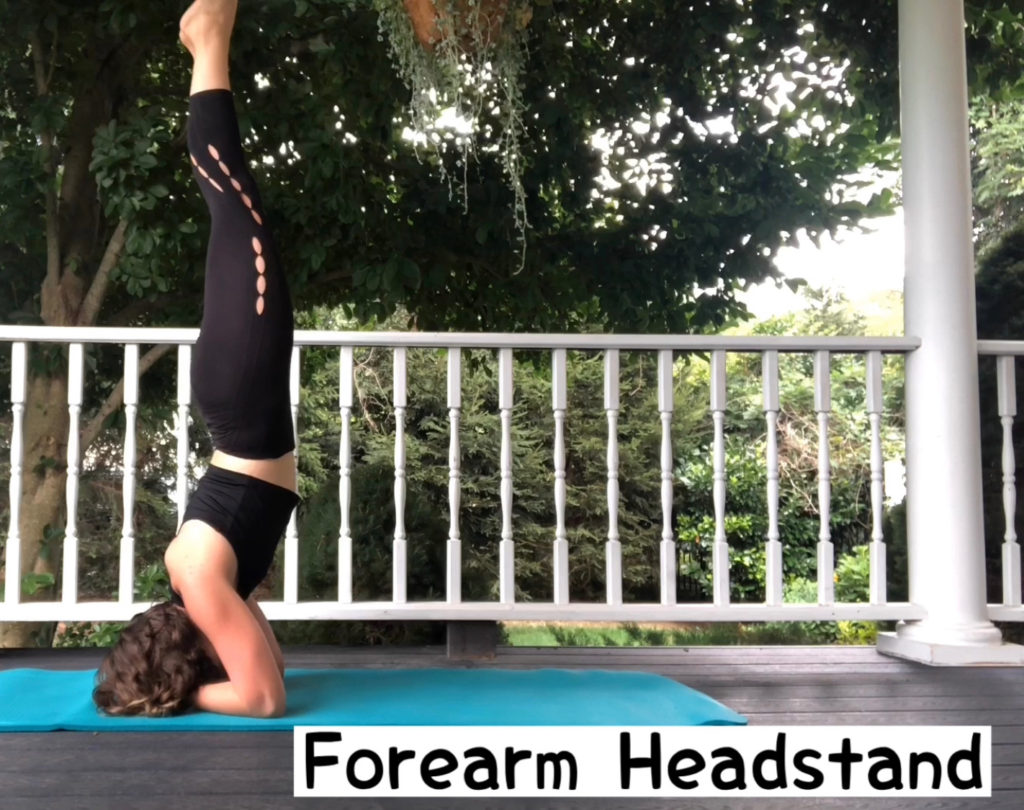
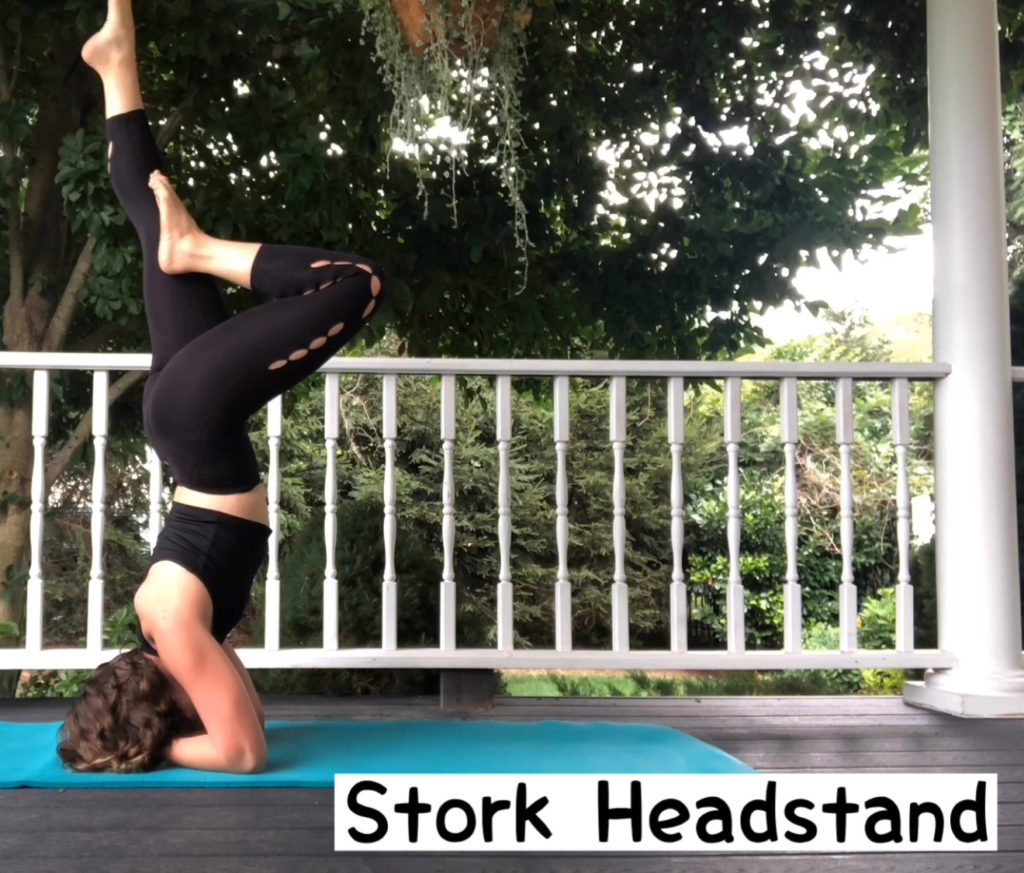
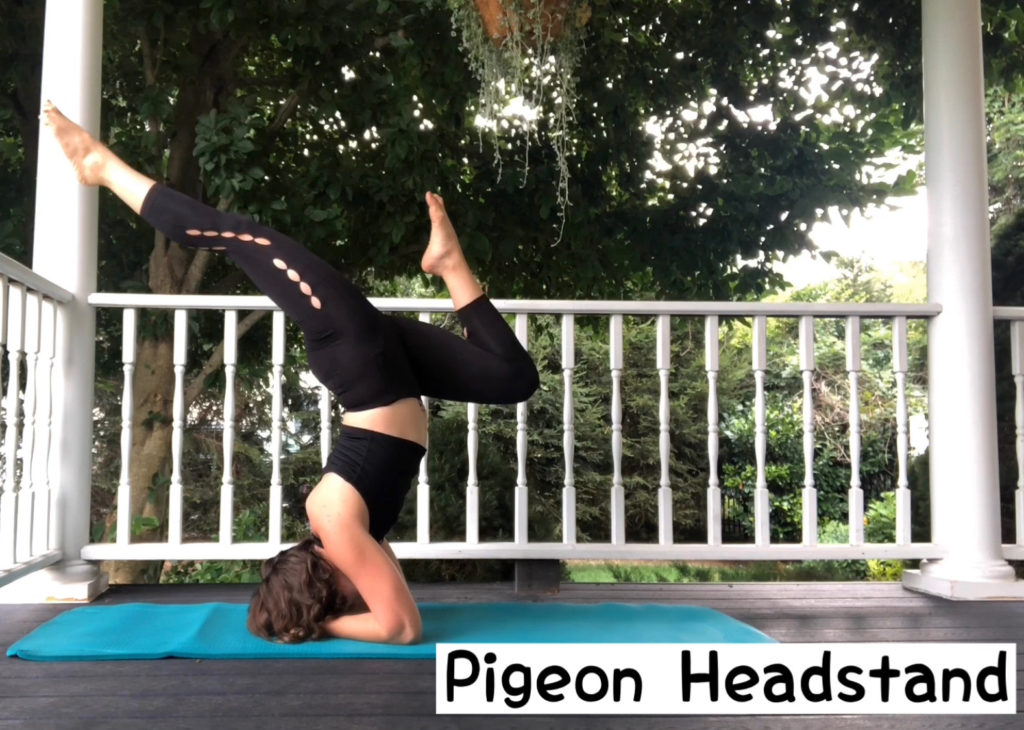
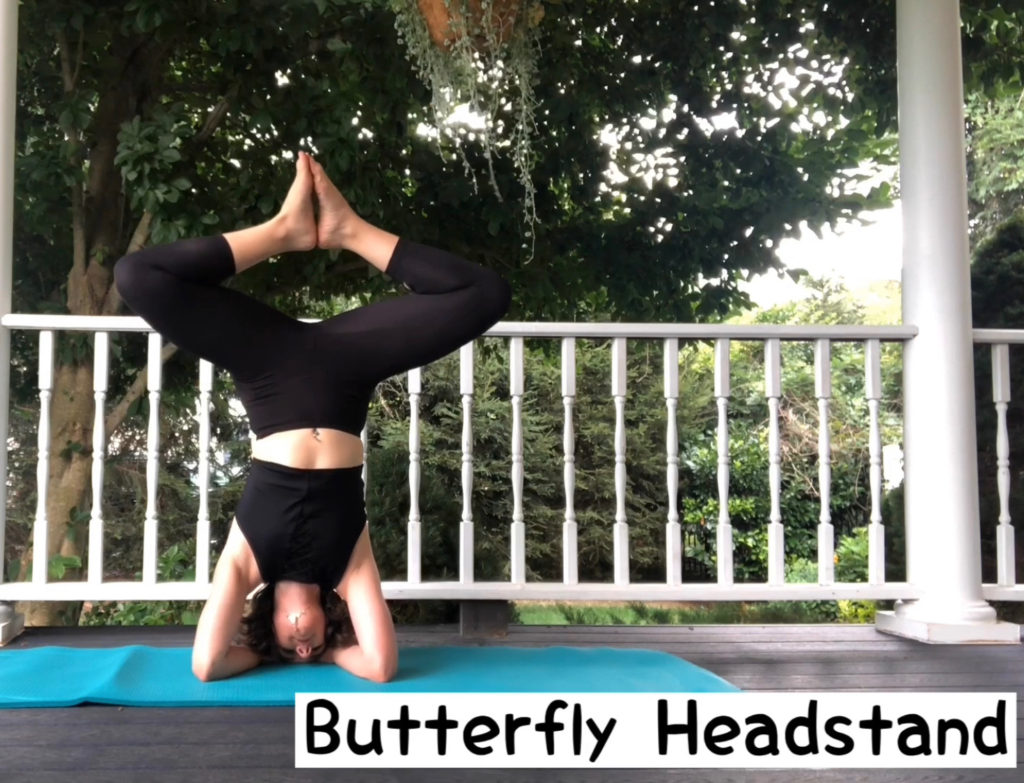
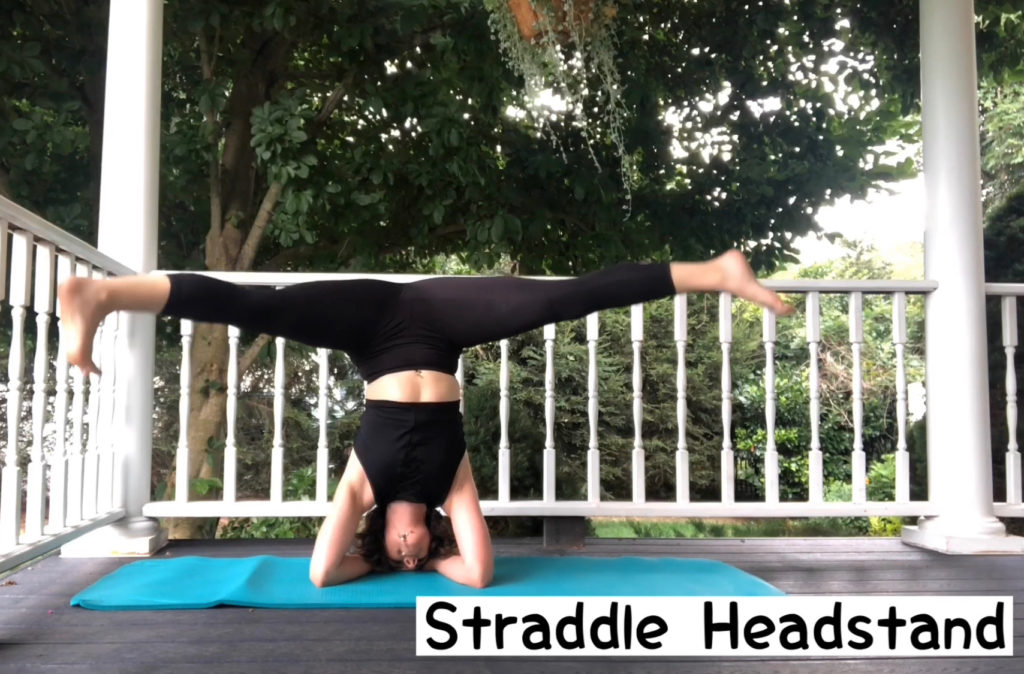
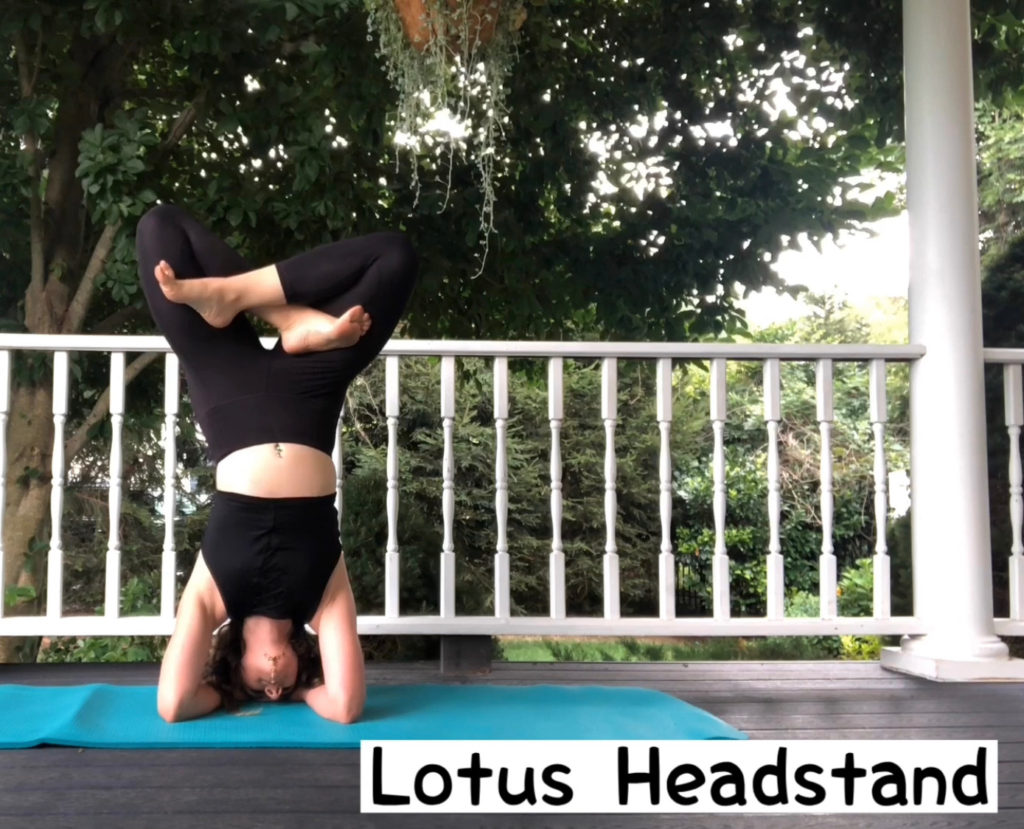


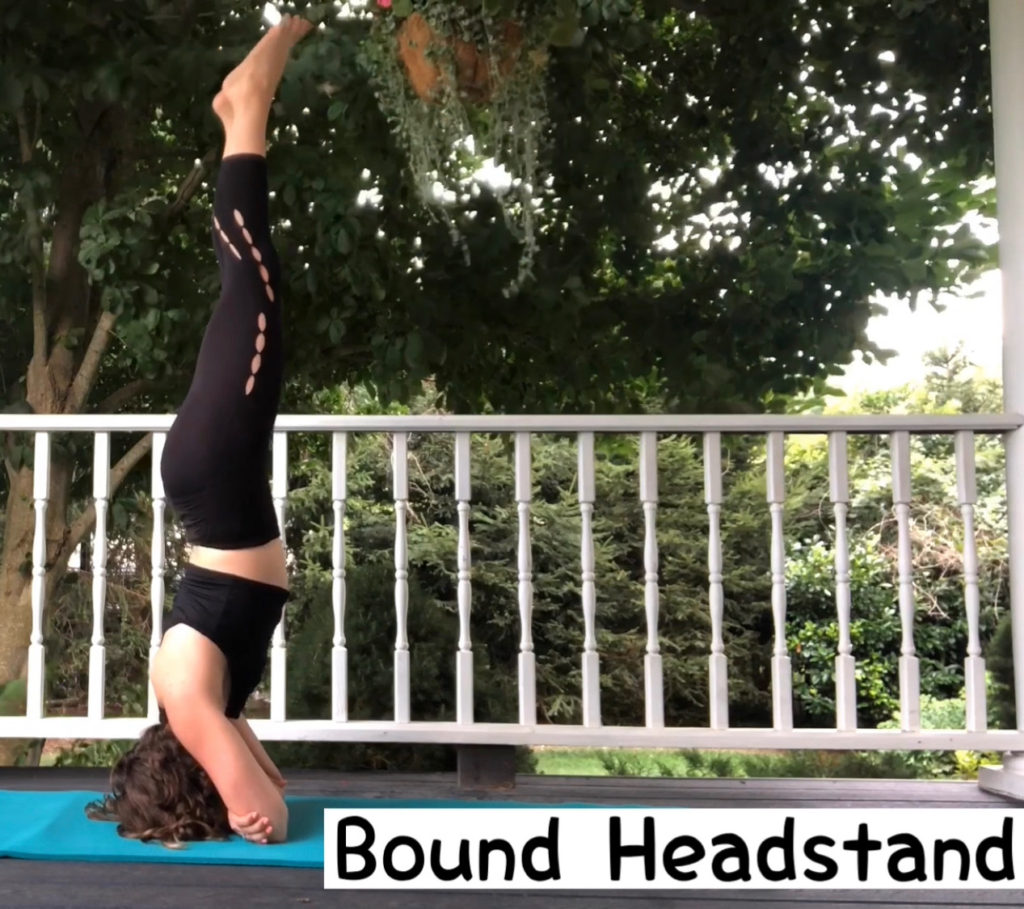


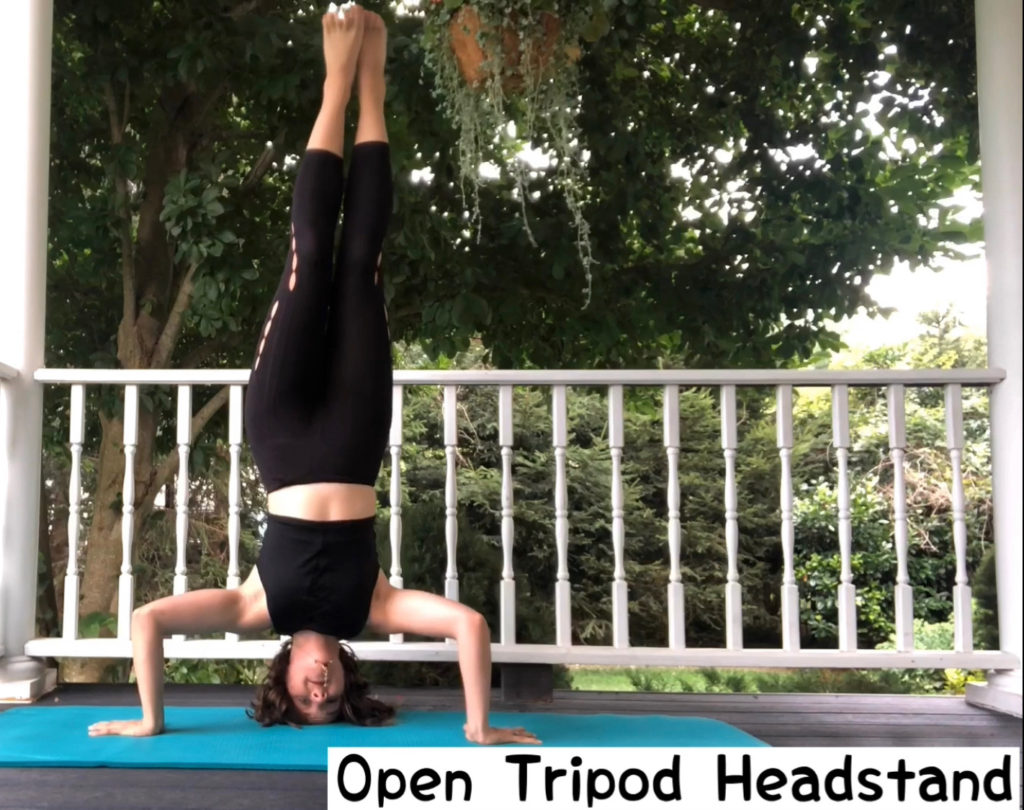
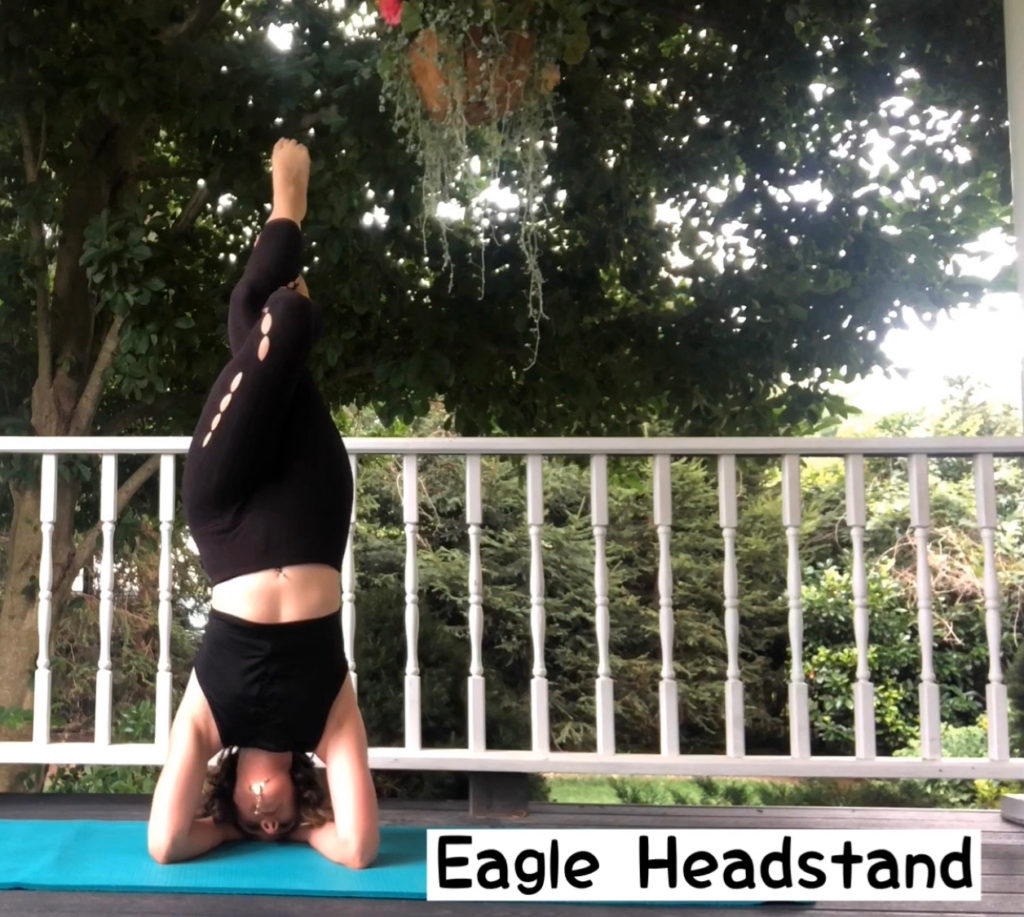
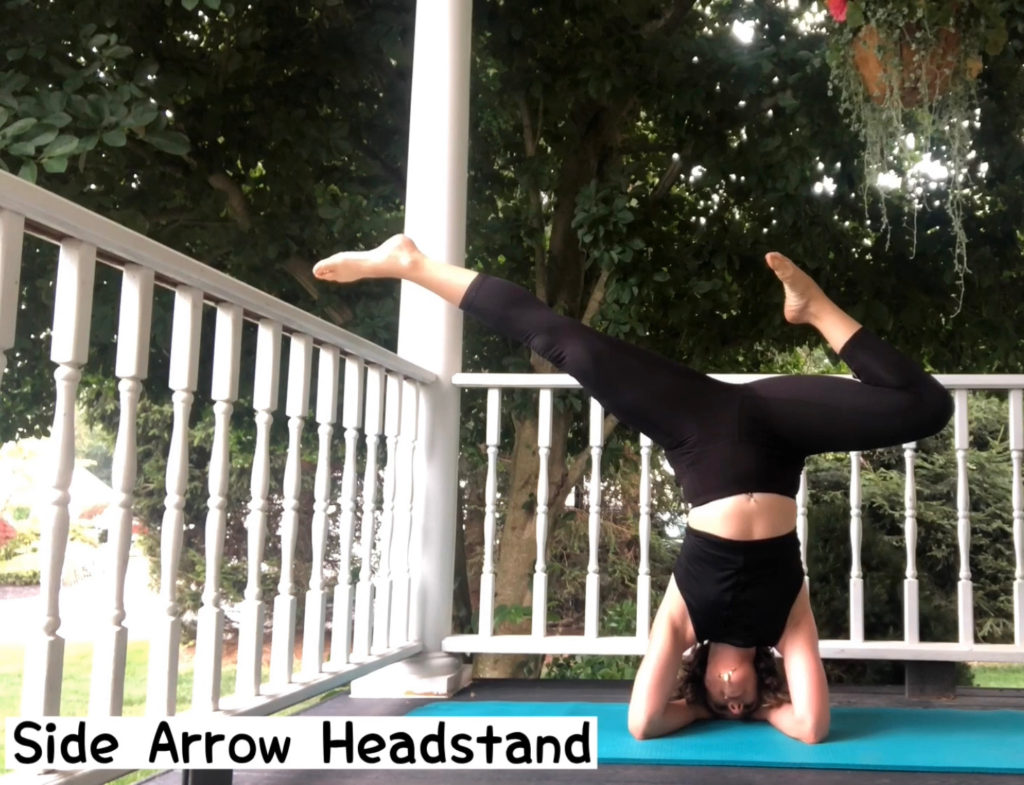
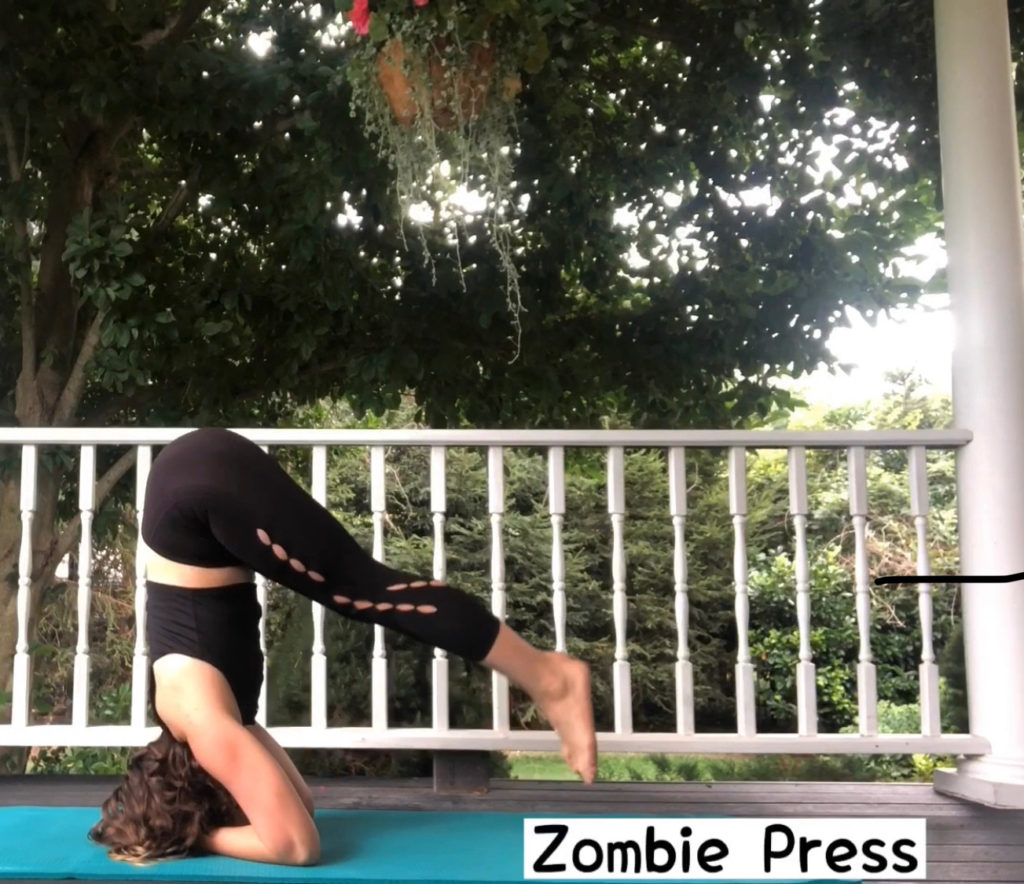
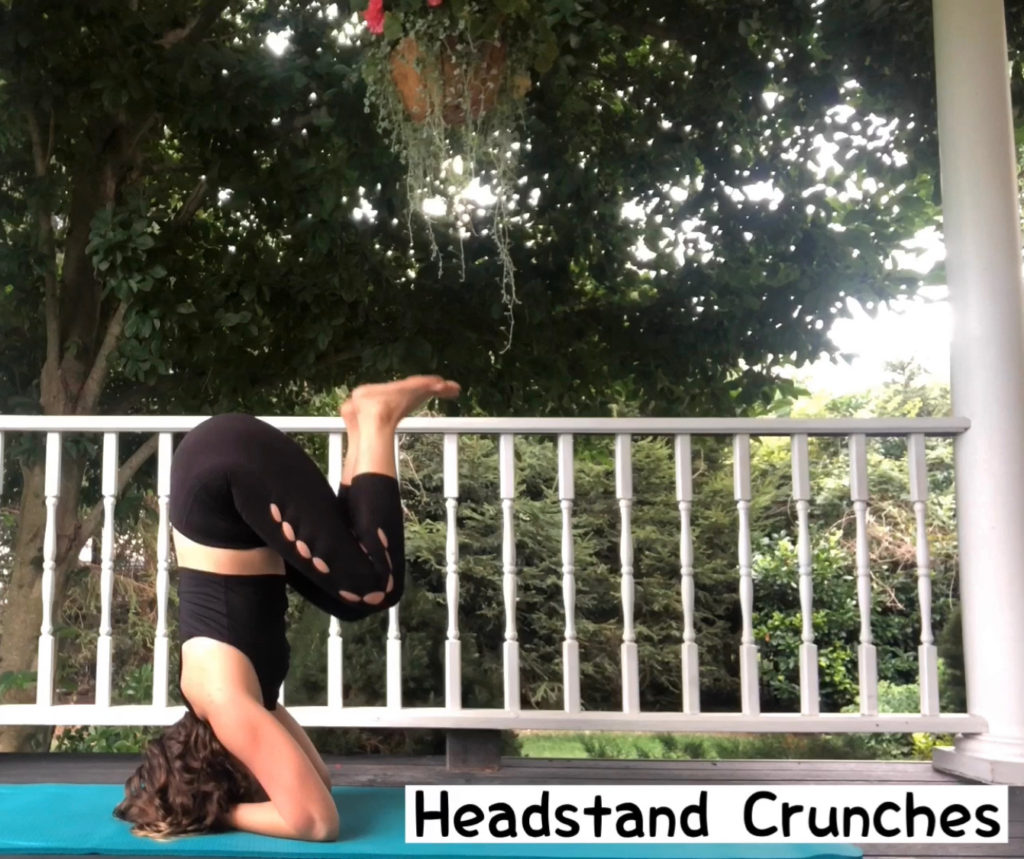


 Some other benefits include improving balance, increasing muscle definition, heightening metabolism, reducing back pain, and reducing stress
Some other benefits include improving balance, increasing muscle definition, heightening metabolism, reducing back pain, and reducing stress

 Yet sometimes doing the plank pose can get a little repetitive.
Yet sometimes doing the plank pose can get a little repetitive. 


